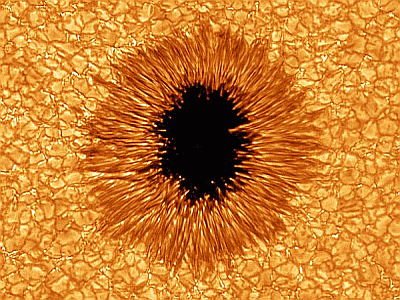Example 1
- Student is told that to convert 12 kilometers to meters, all they need to do is multiply by 1,000 since there are 1,000 meters in a kilometer (something I thought they would have learned in 4th grade, but oh well). Instead of just adding three zeros to 12 to obtain 12,000 meters, student whips out their $120+ TI-84 graphing calculator and enters 12 x 1,000!
- Student measures the mass of a mineral on a triple balance beam and gets a value of 203.5 grams. The mineral displaces 29 ml of water and therefore has a volume of 29 cm3. The density of the mineral is (mass/volume) or (203.5 g / 29 cm3) or 7.0172413793 g/cm3 as reported by the student. Anyone see a problem with this answer? The student's initial measurements, at best, have one decimal place precision while the answer is given to 10 decimal places (because that's what the calculator reported back). The density should simply be reported as 7 g/cm3 (it was a hunk of galena - PbS). The ten decimal place answer is nonsensical and was marked incorrect to the student's amazement.
- Student is trying to solve a problem. A groundwater contaminant is slowly moving in the subsurface at an average rate of 1 in/day. How many years will it take to move a mile (5,280 ft)? Student makes a mistake and divides 5,280 by 12 to get 440 in. Believes it will take a little over a year. I ask student why they divided by 12. Said it was because there are 12 inches in a foot. I said you divided 5,280 ft by 12 in/ft and got 440 ft2/in. The units are nonsensical. If, however, they paid attention to the way I taught them to do unit conversions (a method they should have learned 10 years ago in middle school), they would have multiplied 5,280 ft by 12 in/ft to obtain 63,360 in which is a much better unit than ft2/in and the contaminant will take over 173 years to travel that distance (big difference!). Student looks at me blankly.
- In a similar type of conversion problem, student is off on their answer by several orders of magnitude because they multiplied instead of divided (e.g. answer is 4.3 km and student reports 430,000 km). No work is shown, I take off full credit. Student complains and wants partial credit. My rule is no work shown, no partial credit. I also ask them how a boss would respond to an error like this. Would you like your doctor to be off by orders of magnitude when calculating a dosage? An engineer when designing an aircraft? A CPA doing your taxes? Student hates me.
- When having to do a lab that contains nothing more complex than 8th grade math, student complains "I hate math!" and, despite my attempts at providing one-on-one extra help, declines and clearly copies the work from someone else. Fails lab final when forced to do the problems on their own without assistance.





































